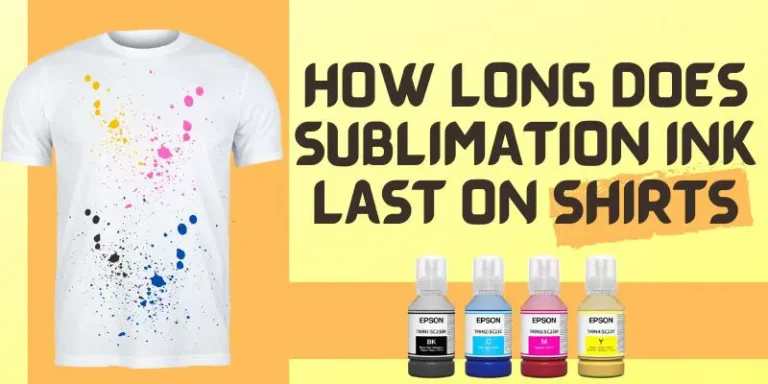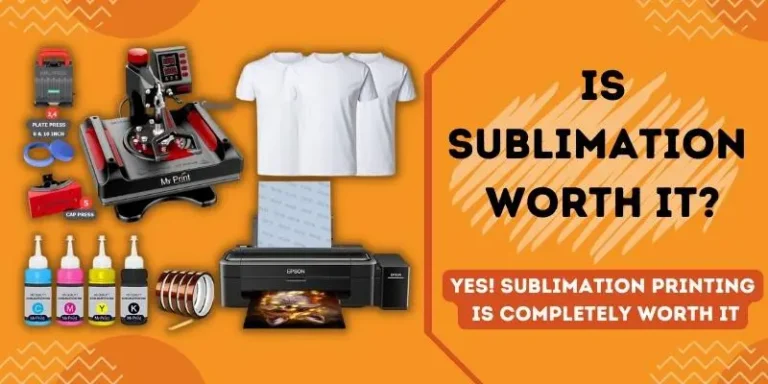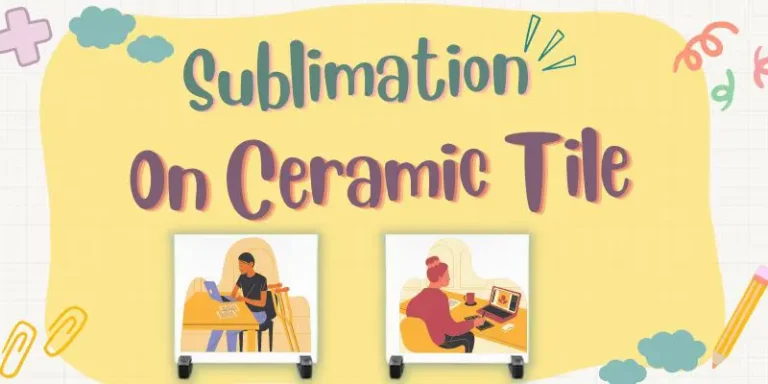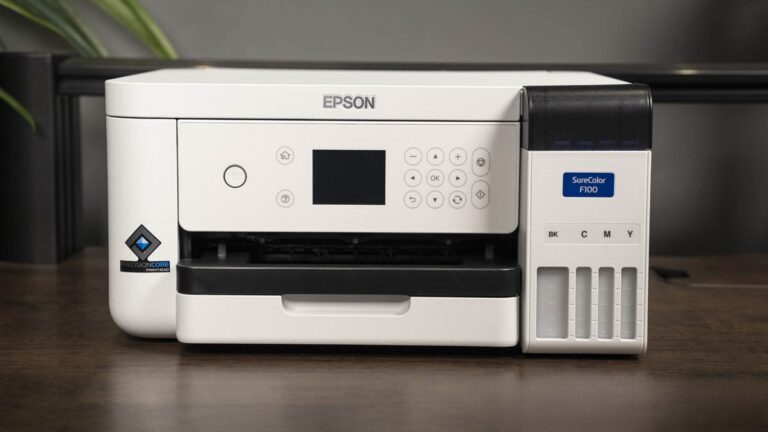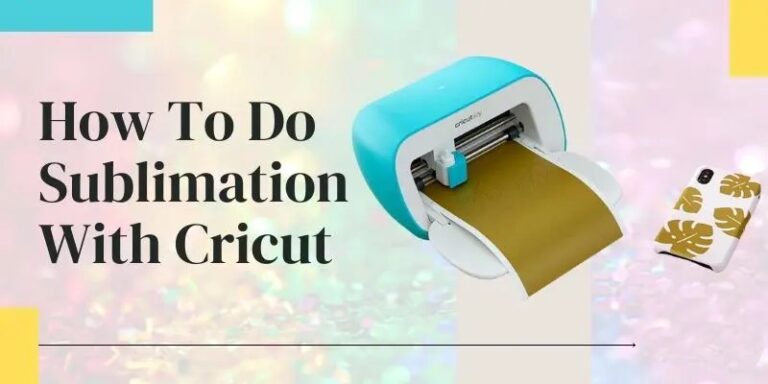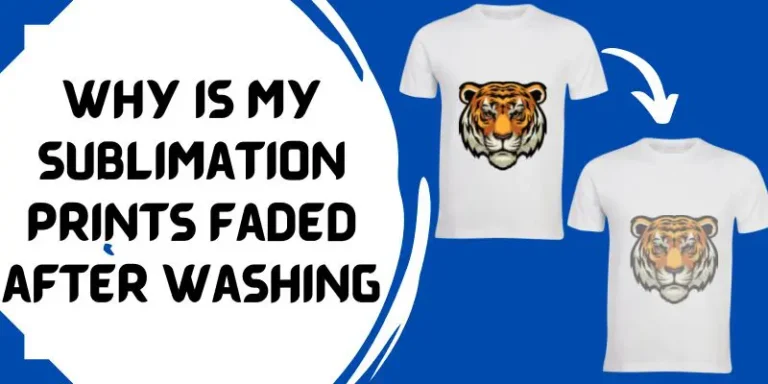What Materials Can Be Sublimated? The Professional Crafter’s Reference
Sublimation printing opens up endless opportunities for personalization, branding, and creative business. Yet, knowing which materials actually work—and why—is crucial for achieving those vivid, permanent results. Not all fabrics or surfaces are created equal. In this guide, you’ll find expert insights, reference tables, and actionable FAQs to help you choose the best substrates for every sublimation project.
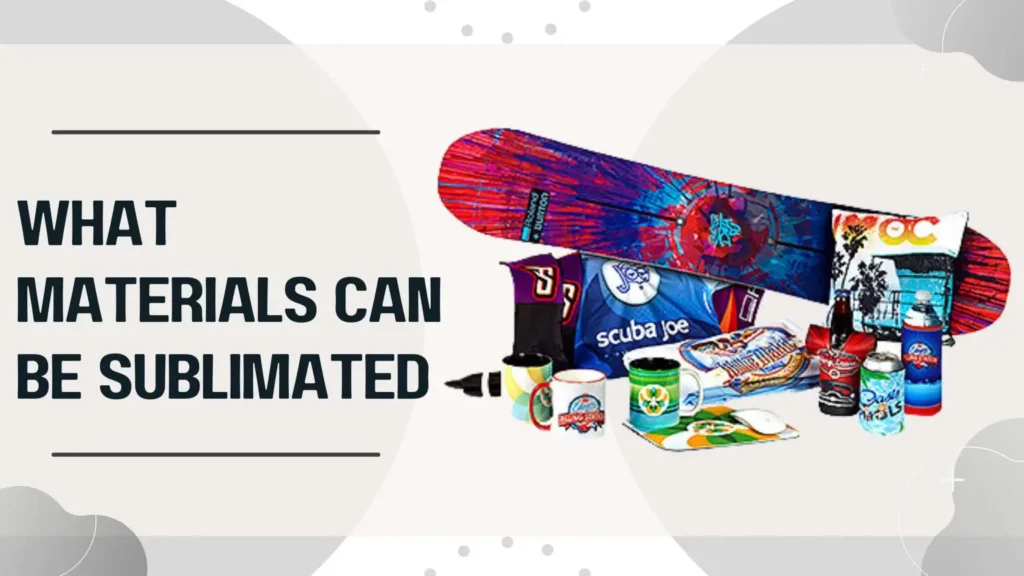
Table: Overview of Sublimation-Compatible Materials
| Material Type | Can Be Sublimated? | Requirements | Notes |
|---|---|---|---|
| Polyester Fabric | Yes | 65%+ polyester, white/light color | Best color, durability; the higher polyester, the better |
| Polyester Blends | Yes | 50–65% polyester | Results less vibrant, more “vintage” look |
| Cotton | No* | Only with special coating | Not recommended unless pre-treated with poly layer |
| Polymer Plastics | Yes | PET, Polycarbonate, coated Nylon | Used for keychains, phone cases, signs |
| Ceramic | Yes | Must be poly-coated | Mugs, tiles, plates—all need factory-applied coating |
| Metal | Yes | Polyester-coated aluminum/steel | High-gloss photo panels, signage |
| Wood | Yes | Must be poly-coated | Signs, ornaments—never plain/raw wood |
| Glass | Yes | Sublimation coating required | Coasters, frames—buy “sublimation-ready” blanks |
| Acrylic | Yes | Coated or “sublimation acrylic” | Used for awards, decor |
| Leather | Sometimes | Only if poly-coated | Most faux leather is suitable; real leather, rarely |
| Slate/Stone | Yes | Factory polymer-coated | Photo slates, memorials—check for compatibility |
*Cotton: Sublimation will not bond to pure cotton unless a poly pretreatment is used. Results not as vibrant or durable.
Understanding Sublimation Material Science
Sublimation works by turning solid dye into gas, which permanently infuses into polymers when heat and pressure are applied. This is why “polyester” and “poly-coated” show up again and again: the dye needs those polymer molecules to bond with. Uncoated wood, pure cotton, or ceramics without a special layer simply won’t work—the design will either wash away or not appear at all.
What Fabric Can You Sublimate On?
When it comes to textiles, polyester is your best friend. The higher the polyester content, the brighter and more washproof the result. Here’s a quick breakdown:
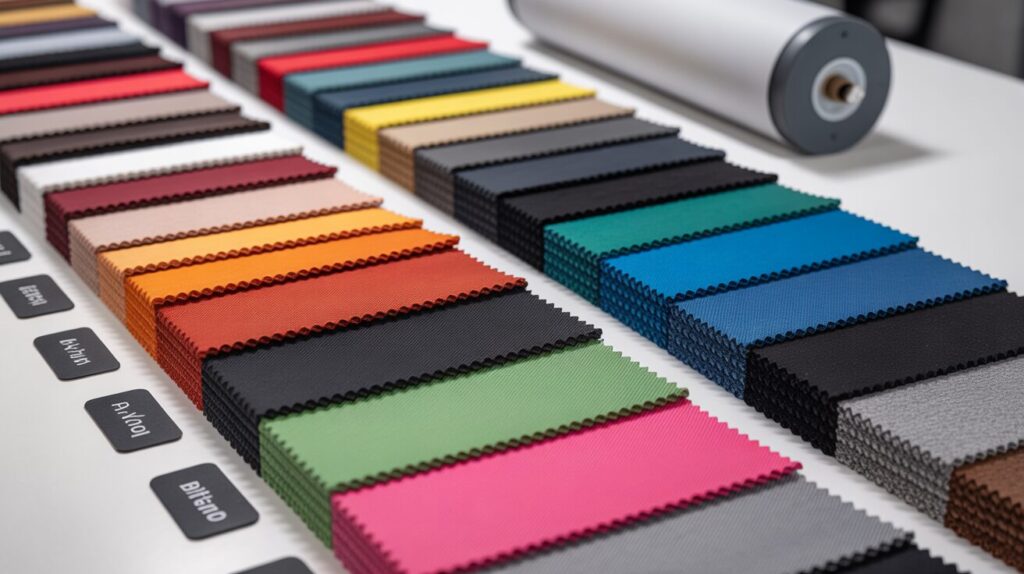
Pro Tip:
Always check the care tag or product listing before buying blanks for sublimation. Aim for white or very light colors for best results—sublimation ink is transparent and won’t show on dark fabrics.
List: Polymers That Can Be Sublimated
Understanding which polymers accept sublimation dye unlocks a world of products you can customize. The most important ones are:
- Polyester (PET): Ubiquitous in textiles and many blanks.
- Polycarbonate: Often used for phone cases and hard goods.
- Polyethylene Terephthalate: Bottles, drinkware, some plastics.
- Polyurethane: Appears in some coated blanks.
- Coated Nylon: Only certain types, usually advertised as “sublimation compatible.”
- Acrylic: Only when prepared for sublimation, not generic acrylic sheets.
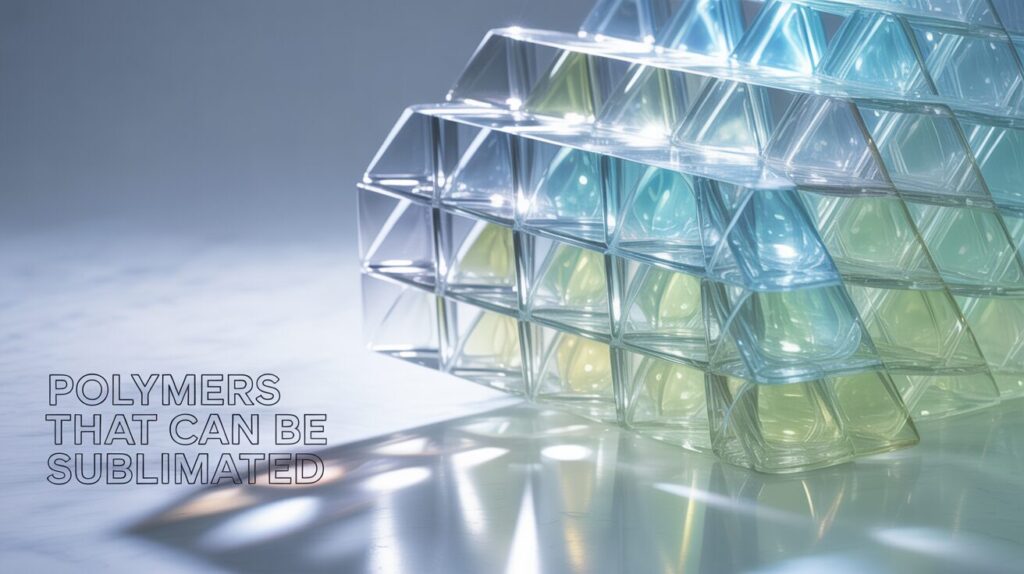
Key: All hard-surface blanks (mugs, plaques, coasters, keychains, and more) must be sold as “sublimation-ready.” The coating is invisible but essential.
Ceramics, Metal, Wood & More: Sublimation Beyond Fabric
Ceramics:
Sublimation mugs, tiles, and ornaments need a factory-applied polyester coating. Attempting to print on regular ceramics will fail—designs will either disappear or scratch right off.
Metal:
Aluminum photo panels and custom metal signs are a favorite in the sublimation industry. These always feature a baked-on poly layer that fuses perfectly with the ink for a mirror-smooth, vivid image.
Wood:
You cannot sublimate directly onto plain wood, as it lacks polymers. However, coated wood blanks (available in shapes like plaques, puzzles, or ornaments) are widely sold and take transfers beautifully.
Glass & Slate:
Like ceramics and metal, only coated glass and slate work for sublimation. These products are popular for awards, home decor, and gifts, and deliver dazzling, permanent prints.
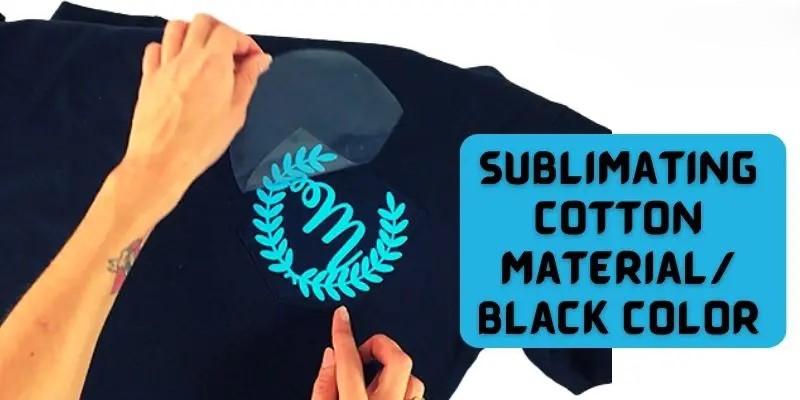
Table: Common Sublimation Products and Their Requirements
| Product Type | Sublimation Friendly? | Notes |
|---|---|---|
| White T-shirts | Yes, if 65%+ poly | The higher the polyester, the better |
| Mugs | Yes, if poly-coated | Must be “sublimation” mugs |
| Mouse Pads | Yes | Nearly all are polyester surface |
| Metal Photo Panels | Yes, if poly-coated | Check manufacturer’s specs |
| Wood Signs/Ornaments | Yes, if coated | Buy blanks labeled for sublimation |
| Acrylic Keychains | Yes, if coated | Plain acrylic will not work |
| Coasters | Yes, if coated | Ceramic, wood, slate—all must be prepped |
| Pillow Covers | Yes, if 65%+ poly | Poly canvas works beautifully |
FAQs: Sublimation Material Mastery
Q: Why won’t my print show up on black shirts?
A: Sublimation ink is translucent and designed for white or very light backgrounds. It cannot cover dark fabrics.
Q: Can you sublimate on 100% cotton?
A: Not directly. Cotton doesn’t bond with the dye. Some use a poly spray or transfer sheet, but results are never as bold or permanent as polyester.
Q: How can I tell if a mug or wood blank is coated?
A: Only purchase blanks labeled “sublimation ready” or “poly-coated.” If in doubt, ask the supplier or look for a slight sheen or gloss on the surface.
Q: Can you sublimate on natural wood or leather?
A: Only if the surface is professionally treated with a polyester-based coating. Raw materials will not hold the dye.
Q: What about recycled or “eco” materials?
A: Some recycled polyesters (rPET) can be sublimated if they’re at least 65% polyester and light in color. Check with the supplier before buying.
Pro Tips for Professional Results
- Test a Small Area: Always sample your substrate before doing a full run—especially with new suppliers.
- Clean Surfaces Matter: Dust, lint, or oils can prevent ink from bonding. Wipe with lint-free cloth before pressing.
- Keep Supplies Labeled: Store blanks in a dust-free area and separate coated from uncoated stock.
- Follow Manufacturer’s Instructions: Each blank may have unique time, temperature, and pressure settings. A quick test press is worth the effort.
Conclusion: Choose Wisely, Print Boldly
Mastering sublimation isn’t just about printing—it’s about matching the right method to the right material. Polyester, poly-coated, and “sublimation-ready” are the keywords to look for, whether you’re printing T-shirts, mugs, or metal art. Understanding substrate science means less frustration, less waste, and more vibrant, lasting results every time.
Keep this guide handy as your personal reference, and you’ll be ready to tackle any sublimation project with professional confidence. For more expert insights, troubleshooting tips, and product recommendations, subscribe or reach out in the comments below!

